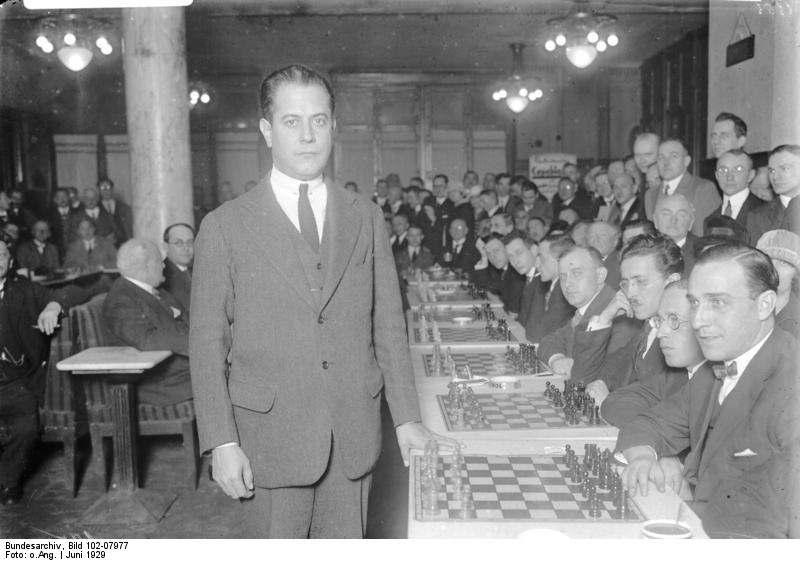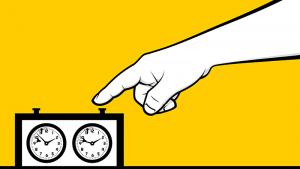
José Raúl Capablanca's Greatest Positional Wins
José Maria Capablanca was a busy man. A lieutenant in the cavalry division of the Spanish army, he spent his limited free time playing chess with fellow soldiers. One day, his four-year-old-son José Raúl decided to relieve his boredom by watching his father play chess. Reflecting upon this fateful day more than 20 years later, Capablanca described the sequence of events in eloquent detail:
The impression came upon me that this curious game must have a military significance, judging from the interest the two soldiers manifested. I then began to concentrate my mind on discovering how the pieces should be moved; and at the conclusion of the first game I felt sure that I had learned the rules for the movement of chessmen.
On that particular afternoon there occurred an incident which launched me upon my chess career. During the second game that my father played, I noticed that he had moved one of his knights not in the prescribed way — a move that was evidently overlooked by his opponent. I maintained a dutiful silence till the close of the game, when I called my father's attention to what he had done.
From "How I Learned to Play Chess," Munsey's Magazine (October 1916).
By the tender age of 13, Capa was regularly crossing swords with Cuba's finest players. In 1901, he faced Cuban Champion Juan Corzo y Principe in a friendly match consisting of 13 games. Though his opening knowledge was scant, Capablanca's positional understanding and endgame technique were breathtaking. To this end, the ninth match-game is particularly memorable.
Once Capablanca acquired a stable base of theoretical knowledge and honed his tactical skills, he became unstoppable. Only a decade after his triumphant match with Corzo, he was competing at an elite level, regularly knocking off the strongest players in the world. At the 1914 St. Petersburg Tournament, he annihilated Dawid Janowsky in an incredible positional display.
It is one thing to intuitively sense the right plan, and quite another to carry it out with maximum efficiency and precision. The breadth of Capablanca's positional understanding, coupled with the discipline and precision with which he put it to use, turned him into a relentless force.

The road to the world championship title was a treacherous one, both on and off the board. As chess historian Edward Winter notes in Capablanca, "A certain amount of mutual irritation arose between Capablanca and Lasker [the reigning World Champion] from the outset of their relations" (55).
Negotiations for a possible world championship match began in 1911, and dragged on for a whole decade. Meanwhile, Capablanca solidified his reputation as a positional genius, dispatching one world-class player after another in jaw-dropping fashion. Here is but a specimen:
A positional tour-de-force if there ever was one. I would not be surprised if Capa played this entire game without calculating a single variation.
To the delight of chess fans across the world, Lasker and Capablanca finally hammered out an agreement in August 1920: the world championship match would be held seven months later, in Capablanca's hometown of Havana, Cuba.
But the proceedings of this historical match, and the second half of Capablanca's illustrious chess career, will be the subject of next week's article.



